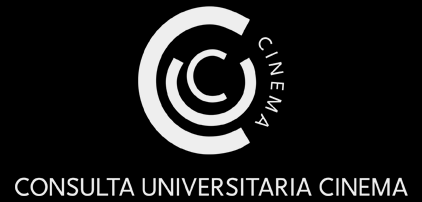Recent media scholarship has been undergoing a spatial turn. Borrowed from geography, key concepts such as mapping/cartography, space/place, environment, landscape, mobility, territory, and others have gradually become unavoidable in the domain of media and visual studies, while the notion of ‘media geography’, once considered a ‘peripheral area’ of study, has already made steady progress among research institutions throughout the world. Mapping, however, remains an undeveloped field of inquiry. We will explore it in this forthcoming special section of NECSUS.
In the wake of these multiple theoretical debates, we would like to reflect on the mapping impulse of new and traditional media (film, television, video games, geospatial technologies and locative media). This notion refers to the different strategies used by media for the spatial understanding of the world, also the ordering, coding, and scaling of its places and landscapes, the imagining of territories, the production of space(s), etc. Embedded in power relations, these strategies very often translate the world into forms that answer socio-political, juridical, and administrative demands which dispose of spatial features according to the machinations of late capitalism, while at the same time restructuring more ancient scopic and discursive regimes. However, many of these strategies also propose sensible experiences and bodily affects that escape the entrapments of power so often associated with mapping (i.e. mapping as a way of possessing, objectifying, controlling, or commodifying the world). Moreover, the very notion of ‘impulse’ suggests the presence of (un)conscious desires and (ir)rational drives.





